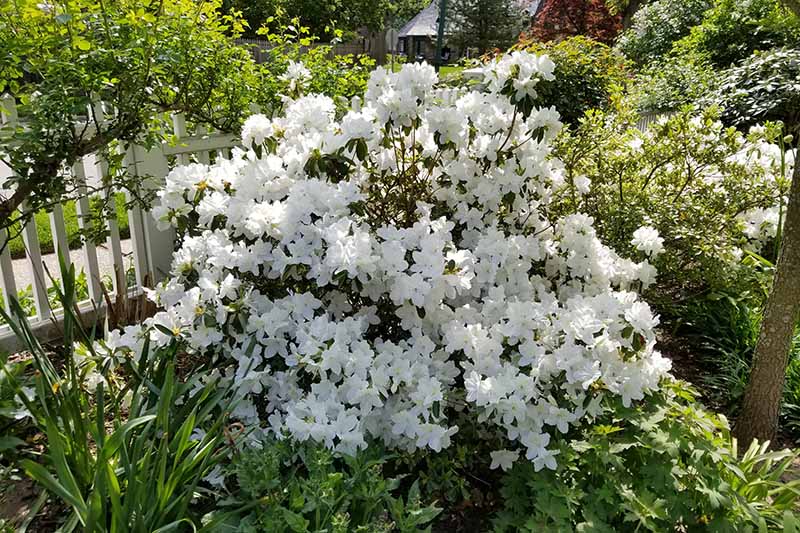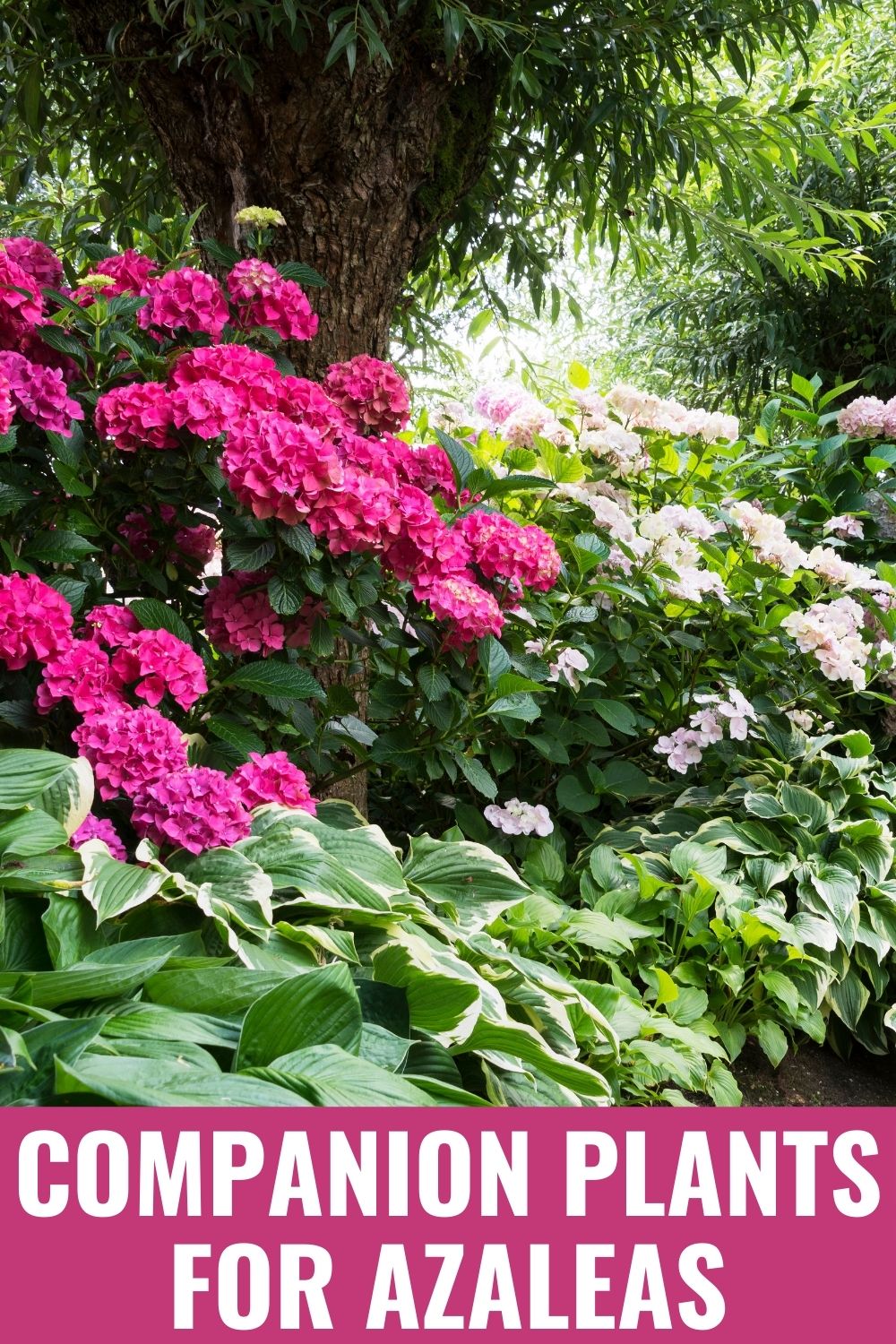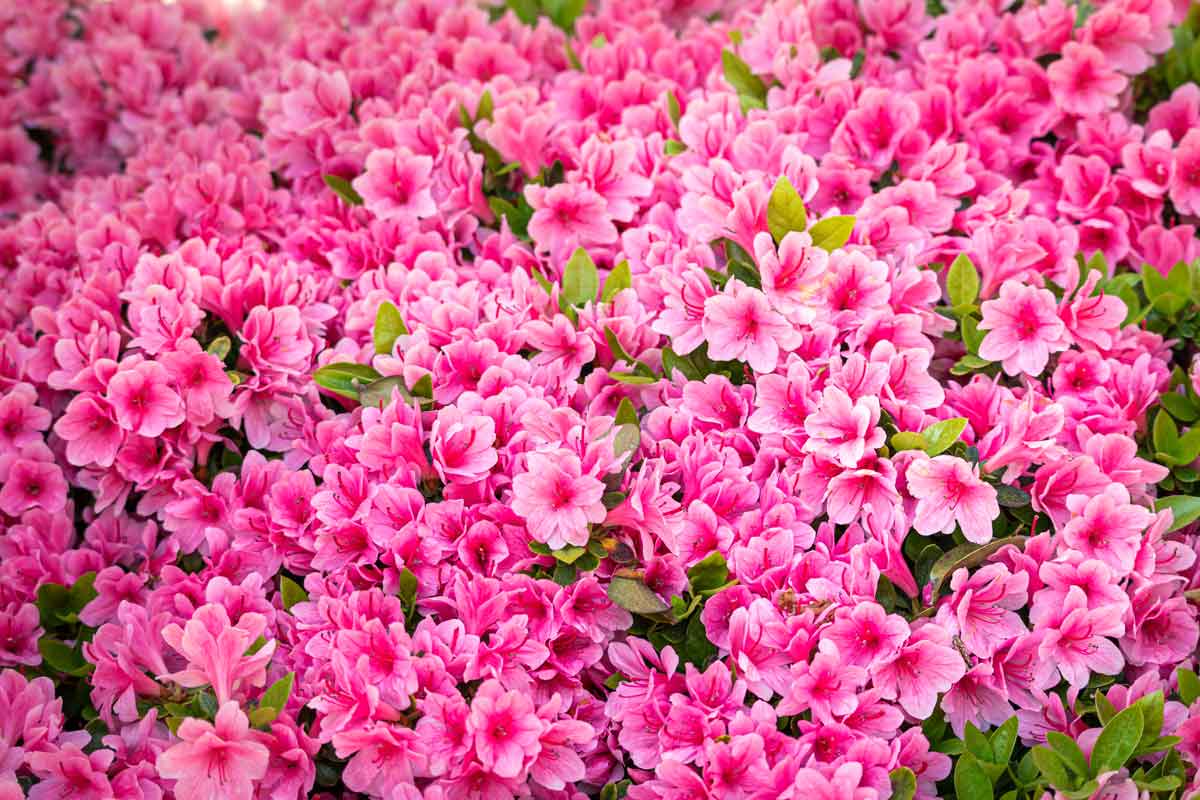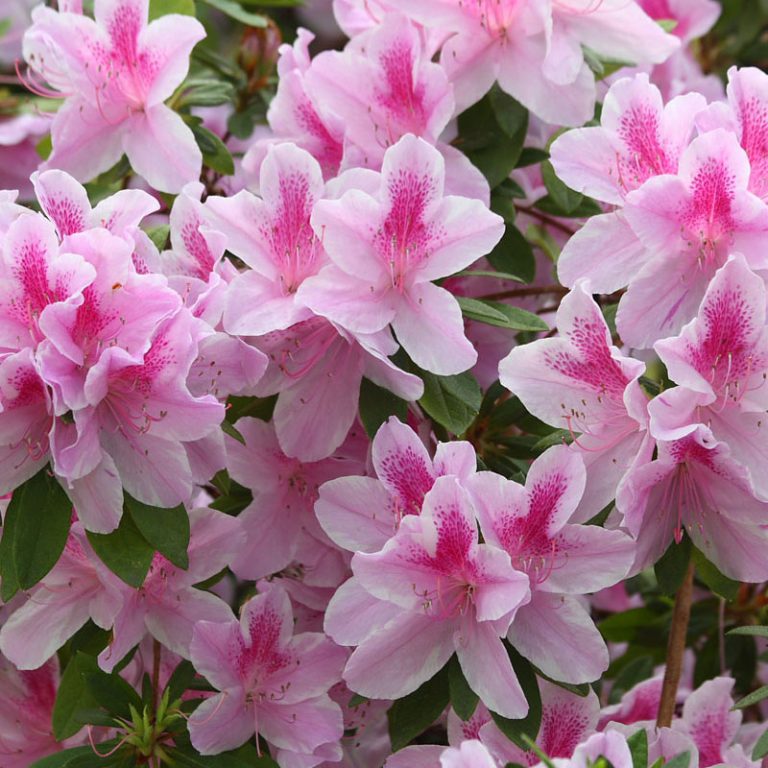Understanding Azalea Plant Lighting Needs
Azalea plants are known for their vibrant flowers and attractive foliage, but they require specific lighting conditions to thrive. Proper lighting is essential for azalea plants, as it affects their growth, health, and overall appearance. Too much sunlight can cause leaf scorch, while too little sunlight can lead to weak and spindly growth. Azalea plants generally require bright, indirect light to photosynthesize and produce energy.
In terms of azalea plant sun or shade, it’s essential to understand that these plants prefer partial shade to full sun, depending on the variety. Some azalea varieties can tolerate full sun, while others prefer partial shade or even full shade. The amount of sunlight an azalea plant requires also depends on the climate and region it’s growing in. In warmer climates, azalea plants may require more shade to prevent leaf scorch, while in cooler climates, they may require more sunlight to promote healthy growth.
When it comes to azalea plant lighting needs, it’s also important to consider the time of day and the intensity of the sunlight. Azalea plants prefer morning sun and dappled afternoon shade, as this allows them to receive the right amount of light without becoming scorched. In addition, azalea plants require consistent lighting conditions to thrive, so it’s essential to choose a location that provides the right amount of sunlight throughout the day.
By understanding the specific lighting needs of azalea plants, gardeners can provide the right conditions for these plants to thrive. Whether you’re growing azalea plants in containers or in the ground, providing the right amount of sunlight is crucial for their health and appearance. By following the guidelines outlined above, you can ensure that your azalea plants receive the right amount of sunlight and shade to flourish.
How to Choose the Right Location for Your Azalea Plant
When it comes to choosing the right location for your azalea plant, there are several factors to consider, including sunlight, shade, and soil quality. Azalea plants require a location that provides the right amount of sunlight and shade to thrive. To determine the best location for your azalea plant, start by assessing the amount of sunlight your garden receives. Observe the area throughout the day to determine the amount of direct sunlight it receives.
Azalea plants generally prefer partial shade to full sun, depending on the variety. If you’re growing a sun-tolerant azalea variety, choose a location that receives morning sun and dappled afternoon shade. If you’re growing a shade-loving azalea variety, choose a location that receives bright, indirect light. In addition to sunlight, consider the soil quality of the location. Azalea plants prefer well-draining, acidic soil that is rich in organic matter.
To assess the soil quality, perform a soil test to determine the pH level and nutrient content. Based on the results, amend the soil as needed to create a suitable environment for your azalea plant. When choosing a location, also consider the surrounding plants and structures. Avoid planting azalea plants near trees or shrubs that may compete for water and nutrients. Also, avoid planting azalea plants near structures that may cast shade or reflect heat.
By considering these factors, you can choose the right location for your azalea plant and provide it with the best chance to thrive. Remember to monitor your azalea plant’s response to its location and adjust as needed. With the right location and care, your azalea plant will flourish and provide beautiful flowers and foliage for years to come.
In terms of azalea plant sun or shade, it’s essential to remember that the right location is crucial for the plant’s health and appearance. By providing the right amount of sunlight and shade, you can promote healthy growth and prevent common problems such as leaf scorch and weak growth.
The Benefits of Partial Shade for Azalea Plants
Providing partial shade for azalea plants can have numerous benefits for their growth and health. One of the main advantages of partial shade is the reduced risk of leaf scorch. Azalea plants that receive too much direct sunlight can develop scorched leaves, which can be unsightly and even lead to plant decline. By providing partial shade, you can prevent leaf scorch and promote healthy leaf growth.
Another benefit of partial shade for azalea plants is improved soil moisture retention. When azalea plants receive too much direct sunlight, the soil can dry out quickly, leading to water stress and reduced plant growth. By providing partial shade, you can reduce soil evaporation and retain moisture in the soil, promoting healthy root growth and plant development.
In addition to these benefits, partial shade can also promote more vibrant flower colors and a more compact plant growth habit. Azalea plants that receive partial shade tend to produce more intense flower colors and a more compact growth habit, making them ideal for gardeners who want to add a pop of color to their garden.
When providing partial shade for azalea plants, it’s essential to consider the specific lighting requirements of the variety. Some azalea varieties prefer more shade than others, so make sure to research the specific needs of your plant. In general, azalea plants prefer partial shade, especially during the hottest part of the day. By providing the right amount of shade, you can promote healthy growth and prevent common problems such as leaf scorch and weak growth.
In terms of azalea plant sun or shade, partial shade is often the best option. By providing partial shade, you can promote healthy growth, prevent leaf scorch, and retain soil moisture. Whether you’re growing azalea plants in containers or in the ground, partial shade can be an effective way to provide the right lighting conditions for your plants.
Azalea Plant Varieties: Sun-Tolerant and Shade-Loving Options
When it comes to azalea plant varieties, there are many options to choose from, each with its own specific lighting requirements. Some azalea varieties are sun-tolerant, while others prefer shade. Understanding the specific lighting needs of your azalea plant variety is crucial for providing the right conditions for growth and health.
For example, ‘Girard’s Fuchsia’ is a sun-tolerant azalea variety that can thrive in full sun to partial shade. This variety produces vibrant pink flowers and has a compact growth habit, making it ideal for gardeners who want to add a pop of color to their garden. On the other hand, ‘Hinode-giri’ is a shade-loving azalea variety that prefers partial shade to full shade. This variety produces delicate white flowers and has a more relaxed growth habit, making it ideal for gardeners who want to create a peaceful and serene atmosphere in their garden.
Other sun-tolerant azalea varieties include ‘Formosa’ and ‘George Taber’, while shade-loving varieties include ‘Pink Ruffle’ and ‘Purple Splendor’. When choosing an azalea plant variety, make sure to research its specific lighting requirements to ensure you provide the right conditions for growth and health.
In terms of azalea plant sun or shade, it’s essential to remember that different varieties have different lighting needs. By choosing the right variety for your garden’s lighting conditions, you can promote healthy growth and prevent common problems such as leaf scorch and weak growth.
When growing azalea plants in different lighting conditions, it’s also essential to consider the specific care requirements of each variety. For example, sun-tolerant varieties may require more frequent watering, while shade-loving varieties may require more frequent fertilization. By understanding the specific care requirements of your azalea plant variety, you can provide the best possible conditions for growth and health.
Creating a Sun-Shade Gradient for Azalea Plants
Creating a sun-shade gradient in your garden can be an effective way to provide the right lighting conditions for your azalea plants. A sun-shade gradient is a gradual transition from full sun to full shade, allowing you to create a variety of lighting conditions within your garden. This can be especially useful if you have azalea plants with different lighting requirements.
One way to create a sun-shade gradient is to use layering plants. By planting taller plants or trees on the south side of your garden, you can create a natural shade gradient that filters the sunlight and provides a range of lighting conditions. You can also use trellises or arbors to create a shaded area for your azalea plants.
Another way to create a sun-shade gradient is to incorporate shade-providing structures into your garden design. This can include gazebos, pergolas, or even a simple shade cloth. By providing a range of lighting conditions, you can create a more diverse and interesting garden that meets the needs of your azalea plants.
When creating a sun-shade gradient, it’s essential to consider the specific lighting requirements of your azalea plants. Make sure to research the lighting needs of your specific variety and adjust the gradient accordingly. By providing the right lighting conditions, you can promote healthy growth and prevent common problems such as leaf scorch and weak growth.
In terms of azalea plant sun or shade, creating a sun-shade gradient can be an effective way to provide the right lighting conditions for your plants. By creating a gradual transition from full sun to full shade, you can provide a range of lighting conditions that meet the needs of your azalea plants.
Remember to monitor your azalea plants’ response to the sun-shade gradient and adjust as needed. By providing the right lighting conditions, you can promote healthy growth and prevent common problems such as leaf scorch and weak growth.
Monitoring and Adjusting Azalea Plant Lighting
Monitoring your azalea plant’s response to its lighting conditions is crucial for providing the right amount of sunlight and shade. Azalea plants can be sensitive to changes in lighting, and adjusting their location as needed can help prevent common problems such as leaf scorch and weak growth.
To monitor your azalea plant’s response to its lighting conditions, observe the plant’s leaves and stems for signs of stress. If the leaves are scorched or wilted, it may be a sign that the plant is receiving too much direct sunlight. On the other hand, if the leaves are pale or spindly, it may be a sign that the plant is not receiving enough sunlight.
Adjusting the location of your azalea plant can be as simple as moving it to a different spot in your garden or using a shade cloth to filter the sunlight. By monitoring your azalea plant’s response to its lighting conditions and adjusting its location as needed, you can provide the right amount of sunlight and shade for optimal growth and health.
In terms of azalea plant sun or shade, monitoring and adjusting the lighting conditions can make a significant difference in the plant’s overall health and appearance. By providing the right amount of sunlight and shade, you can promote healthy growth and prevent common problems such as leaf scorch and weak growth.
Some common signs of too much or too little sunlight for azalea plants include:
- Leaf scorch: Leaves that are scorched or wilted may be a sign that the plant is receiving too much direct sunlight.
- Weak growth: Plants that are not receiving enough sunlight may have weak or spindly growth.
- Pale leaves: Leaves that are pale or washed out may be a sign that the plant is not receiving enough sunlight.
By monitoring your azalea plant’s response to its lighting conditions and adjusting its location as needed, you can provide the right amount of sunlight and shade for optimal growth and health.
Azalea Plant Care Tips for Different Lighting Conditions
Azalea plants growing in different lighting conditions require specific care tips to ensure optimal growth and health. Here are some tips for azalea plants growing in full sun, partial shade, and full shade:
Full Sun:
- Water regularly: Azalea plants growing in full sun require more frequent watering to prevent soil moisture loss.
- Fertilize lightly: Azalea plants growing in full sun may require more frequent fertilization to promote healthy growth.
- Prune regularly: Azalea plants growing in full sun may require more frequent pruning to maintain shape and promote healthy growth.
Partial Shade:
- Water moderately: Azalea plants growing in partial shade require moderate watering to prevent soil moisture loss.
- Fertilize moderately: Azalea plants growing in partial shade may require moderate fertilization to promote healthy growth.
- Prune moderately: Azalea plants growing in partial shade may require moderate pruning to maintain shape and promote healthy growth.
Full Shade:
- Water sparingly: Azalea plants growing in full shade require less frequent watering to prevent soil moisture loss.
- Fertilize lightly: Azalea plants growing in full shade may require less frequent fertilization to promote healthy growth.
- Prune lightly: Azalea plants growing in full shade may require less frequent pruning to maintain shape and promote healthy growth.
In terms of azalea plant sun or shade, providing the right amount of sunlight and shade is crucial for optimal growth and health. By following these care tips, you can ensure your azalea plant receives the right amount of sunlight and shade for its specific lighting conditions.
Remember to monitor your azalea plant’s response to its lighting conditions and adjust its care routine as needed. By providing the right amount of sunlight and shade, you can promote healthy growth and prevent common problems such as leaf scorch and weak growth.
Common Mistakes to Avoid When Providing Sun or Shade for Azalea Plants
When providing sun or shade for azalea plants, there are several common mistakes to avoid. One of the most common mistakes is over-exposure to direct sunlight. Azalea plants can be sensitive to direct sunlight, especially in warmer climates, and can suffer from leaf scorch or other damage.
Another common mistake is inadequate soil moisture. Azalea plants require consistent moisture, especially when they are exposed to full sun or partial shade. Inadequate soil moisture can lead to weak growth, leaf drop, and other problems.
Other common mistakes to avoid when providing sun or shade for azalea plants include:
- Not providing enough shade for shade-loving varieties
- Not providing enough sunlight for sun-tolerant varieties
- Not adjusting the amount of sunlight or shade based on the time of year or weather conditions
- Not monitoring the plant’s response to its lighting conditions and adjusting as needed
By avoiding these common mistakes, you can provide the right amount of sun or shade for your azalea plants and promote healthy growth and development.
In terms of azalea plant sun or shade, it’s essential to remember that every plant is different and may have specific lighting requirements. By understanding the specific needs of your azalea plant and avoiding common mistakes, you can provide the best possible care and promote optimal growth and health.





:max_bytes(150000):strip_icc()/Azalea-GettyImages-645344531-a5eb43f58ab24555b2f2268292848dc0.jpg)



